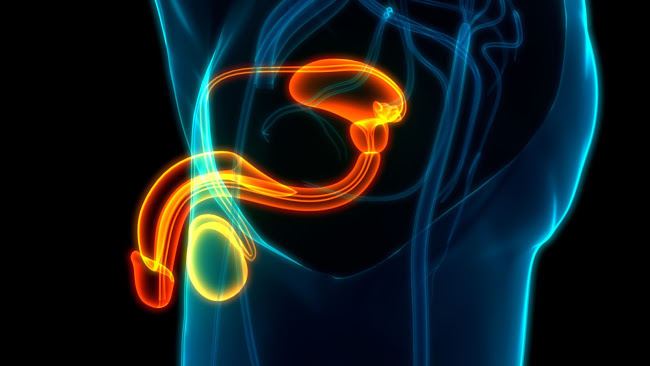
What Are the Symptoms of Penile Cancer?

Penile cancer is a rare form of cancer that develops in the tissues of the penis. Early detection is critical for successful treatment, so understanding the symptoms is important. This article explains the signs and symptoms of penile cancer in simple terms and provides useful information for those who might have concerns.
Early Symptoms of Penile Cancer
The symptoms of penile cancer often begin as changes in the skin of the penis. These changes may be subtle at first, making them easy to overlook. Some of the early symptoms include:
- Skin abnormalities: You might see lumps, sores, or growths on the penis. These could be red, white, or flesh-colored and may look like a wart or ulcer. In some cases, these changes might bleed or ooze.
- Thickening of the skin: The skin on the penis might feel thicker or harder than usual. This could happen on the foreskin, the shaft, or the head (glans) of the penis.
- Color changes: Discoloration or darkening of the skin in certain areas may occur. This is not always painful but should be checked by a healthcare provider.
Advanced Symptoms
If the cancer progresses without treatment, additional symptoms may appear:
- Lumps or swelling: Lumps may develop in the groin area, which could be swollen lymph nodes. This happens because cancer can spread to nearby lymphatic tissue.
- Pain: Pain or discomfort in the penis might occur as the disease progresses. However, not all penile cancer cases involve pain in this stage.
- Foul-smelling discharge: Some individuals experience an unusual discharge from the penis that has an unpleasant odor. However, this symptom alone is more commonly associated with infections or poor hygiene and is rarely indicative of cancer.
- Difficulty retracting the foreskin: In uncircumcised men, the foreskin may become tight or difficult to pull back, a condition known as phimosis.
When to See a Doctor
It’s important to consult a healthcare provider if you notice any unusual changes in the appearance or feel of your penis. These symptoms don’t always mean you have cancer, but they should be evaluated promptly. Other conditions, such as infections or benign growths, can cause similar symptoms.
Risk Factors to Consider
While penile cancer is rare, certain factors may increase your risk. These include being older (most cases occur in men over 50), smoking, having a history of human papillomavirus (HPV) infection, or practicing poor hygiene. Men who are uncircumcised may also have a slightly higher risk.
Diagnosis and Treatment
If your doctor suspects penile cancer, they may perform a physical exam, a biopsy (taking a small sample of the affected tissue for testing), or imaging tests to confirm the diagnosis. Treatment options often depend on the stage of cancer and may include surgery, radiation therapy, chemotherapy, or a combination of these.
Conclusion
Awareness is key when it comes to penile cancer. While it is rare, recognizing the symptoms early can lead to prompt treatment and better outcomes. If you notice anything unusual, don’t hesitate to talk to your doctor.
References:
- American Cancer Society. (2024). Signs and symptoms of penile cancer. Retrieved from https://www.cancer.org/cancer/types/penile-cancer/detection-diagnosis-staging/signs-symptoms.html
- National Cancer Institute. (2024). Penile cancer treatment (PDQ®)–Patient version. Retrieved from https://www.cancer.gov/types/penile/hp/penile-treatment-pdq
- Hakenberg, O. W., Dräger, D. L., Erbersdobler, A., Naumann, C. M., Jünemann, K. P., & Protzel, C. (2018). The diagnosis and treatment of penile cancer. Deutsches Ärzteblatt International, 115(39), 646. 10.3238/arztebl.2018.0646




